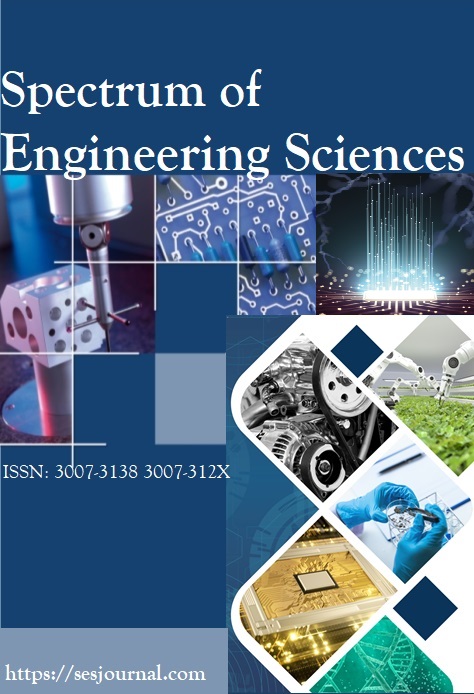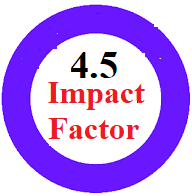ENHANCING THYROID ULTRASOUND DIAGNOSIS WITH A HYBRID CNN AND GRAPH ATTENTION NETWORK
Keywords:
Thyroid Disease Detection, CNN, GAT, Ultrasound imagesAbstract
Thyroid diseases, such as hypothyroidism and hyperthyroidism, are prevalent endocrine disorders that significantly impact global health. Early detection is crucial to prevent severe complications, but traditional diagnostic methods often face challenges like delayed results, reliance on human expertise, and limited accessibility in remote areas. This study addresses these limitations by proposing a hybrid deep learning model that combines Convolutional Neural Networks (CNNs) and Graph Attention Networks (GATs) for automated thyroid disease detection using ultrasound images. The proposed model leverages EfficientNet-B4 for spatial feature extraction and GAT layers to analyze relational dependencies between features, enhancing classification accuracy. Trained on the Algeria Ultrasound Images Thyroid Dataset (AUTD), the model achieves an accuracy of 92.48%, precision of 93.94%, recall of 92.48%, and an F1-score of 92.87%, outperforming traditional methods such as Sequential CNN with K-Means clustering (81.5% accuracy). Key innovations include dynamic graph construction for localized feature analysis and robust data augmentation techniques to mitigate class imbalance. The system's performance is ensured by intensive experiments, confusion matrix analysis, and multiclass ROC curves that establish its trustworthiness for clinical deployment. This study contributes to medical AI research by presenting a precise, scalable, and deployable early detection of thyroid disease solution. Future developments can involve investigating more sophisticated attention mechanisms, seamless integration with other clinical data sources.
















